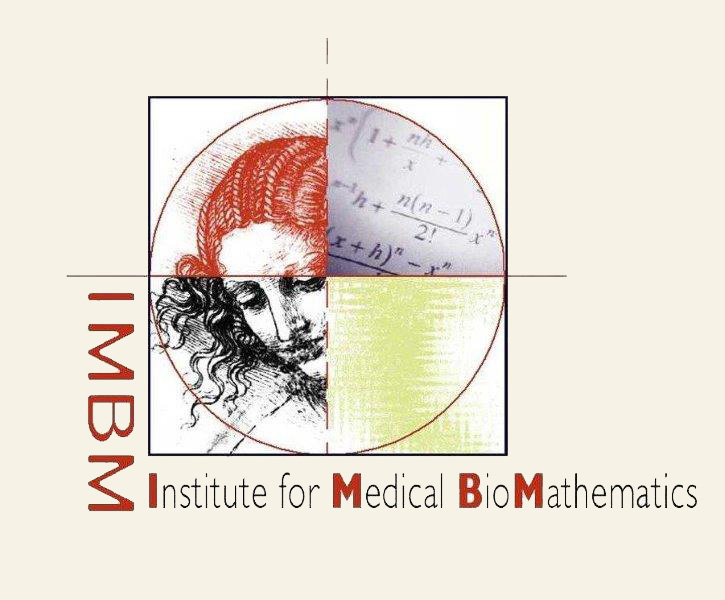
SARS-CoV-2
We developed and validated a new approach, embodied in a new machine learning-based model, for sequentially monitoring hospitalized COVID-19 patients and directing professional attention to patients whose deterioration is imminent. We used real-world patient data for model development (598 prediction events for 210 patients), internal validation (315 prediction events for 97 patients), and external validation (1373 prediction events for 307 patients). We found significant divergence in longitudinal values of eight routinely collected blood parameters appearing several days before deterioration. Our model extracts these worsening signals to predict the personal likelihood of transition from non-severe to severe status within a well-specified short time window. We validated the model’s prediction accuracy internally (ROC AUC of 0.8 and 0.79) and externally (ROC AUC of 0.7 and 0.73) for prediction scopes of 48 hours or 96 hours, respectively. Results suggest that it is possible to predict the deterioration of non-severe COVID-19 patients within a short time window by eight routine blood parameters. A prospective clinical study and an impact assessment will allow the implementation of this model as a clinical decision support system to improve care, streamline resources and ease hospital burden by timely focusing the medical attention on potentially deteriorating patients.
- Kogan Y, Robinson A, Itelman E, Bar-Nur Y, Jakobson DJ, Segal G, et al. Developing and validating a machine learning prognostic model for alerting to imminent deterioration of hospitalized patients with COVID-19. Sci Rep (2022) 12(1):19220.
- Agur Z. Separating the Wheat from the Chaff: On the Importance of Machine Learning Models in the Fight Against COVID-19 and on the Necessity to Scrutinize them. Isr Med Assoc J (2022) 24(11):705-07.

